In our previous posts, you learned how to install Muximux in Docker in order to aggregate your favorite services in a single web interface. Alejandro covered HTPC Manager in the past, a service that can be installed in Ubuntu using AtoMiC ToolKit. To recap, HTPC Manager combines all your favorite services running on your server in a beautiful interface that offers you a lot of useful information. It shows the latest downloads, latest TV Shows, Latest Movies, HDD usage and future TV Shows keeping you up to date with your media. Today i will show you how you can install HTPC Manager using Docker (the fork from Hellowlol).
Must Read: Docker Media Server Ubuntu: Compose for 23 Awesome Apps
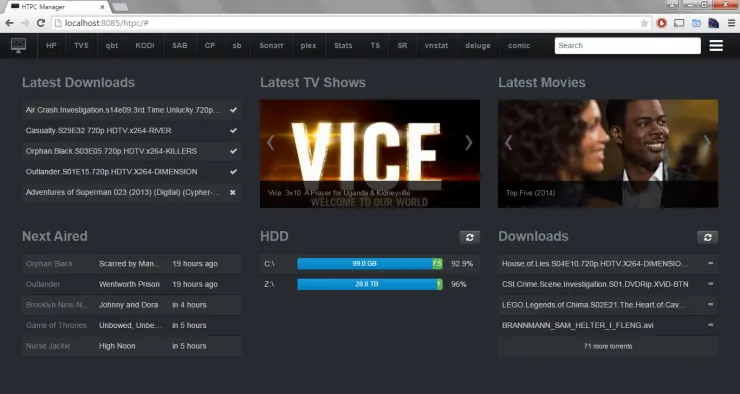
If you do not know what Docker is, be sure to read our What is Docker guide and comparison to VirtualBox in advance and get familiarized with the terms used. [Read: What is Usenet and why is it better than Torrents?]
Table of Contents
Install HTPC Manager using Docker
Before starting the Docker HTPC Manager installation guide, make sure to follow our previous guides where you can learn to Install Docker on Ubuntu, Windows 10 Pro/Ent, and Windows 7 and 8.
You can install HTPC Manager using Docker in a new Docker container from scratch. But, ready-made containers are already available for several apps on Docker Hub. So all you need to do is pull those containers and install. If you are ready, open Docker command prompt and get ready to install HTPC Manager using Docker.
Recommended HTPC / Home Server Builds:
- Best Home Theater PC Build 2017 to do it all (Plex, Kodi, NAS, Gaming)
- Best Emby Server builds 2018 – Pre-built and DIY options
- Medium Budget 4K HTPC Build 2017 for Kodi, Plex and Gaming
- Cheap 4K HTPC Build for Kodi, OpenELEC, and LibreELEC 2017
- Low Power Home Server Build 2017 for Network File and Media Storage
- Best HTPC for Kodi with 4K on a Medium Budget 2017 (~$400)
- Energy efficient budget HTPC-NAS combo build 2016
1. HTPC Manager Pull Command
To install HTPC Manager using Docker, you will first need to grab the latest version of HTPC Manager container from the linuxserver Docker Hub. LinuxServer is a Docker repository with several HTPC and home server app containers.
docker pull linuxserver/htpcmanager
Pull the ready-made HTPC Manager docker container using the above command.
2. Set HTPC Manager Configuration Parameters in Docker
After pulling the container with the latest version of HTPC Manager, we need to configure the usage parameters such as download folders, port number, etc. for the service. Copy all lines in the code block below (it is one single command) and paste it into docker prompt.
sudo docker create --name=htpcmanager \ --restart=always \ -v /home/docker/htpcmanager/config:/config \ -e PGID=1001 -e PUID=1001 \ -e TZ=Europe/London \ -p 8085:8085 \ linuxserver/htpcmanager
While you can just copy and paste the settings mentioned above, I recommend that you understand each parameter using the description below and customize it to your liking, in order to setup HTPC Manager in Docker. Therefore, before issuing the above docker command, change certain parameters (eg. port number, folders, etc.) to fit your situation.
sudo docker create --name=htpcmanager \- Creates a new docker container with the name "htpcmanager"--restart=always \- Starts the HTPC Manager container automatically during boot. If you don't want the container to be started automatically, you can skip this command.-v /home/docker/htpcmanager/config:/config \- Specifies the location of the HTPC Manager config files. In this case, the config folder is located in /home/docker/htpcmanager/ directory.-e PGID=1001 -e PUID=1001 \- Specifies the user id in order to minimize permission issues that can arise between the host OS (Ubuntu) and the container.-e TZ=Europe/London \- Specifies the timezone information. You can check your timezone by following this link.-p 8085:8085 \- Specifies the ports used by HTPC Manager . In this case, the port is 8085:8085.
3. Start and Stop HTPC Manager Container in Docker
If you used the correct parameters, you can go ahead and start the HTPC Manager container you have just created, using the following command.
sudo docker start htpcmanager
After starting the HTPC Manager Docker container, you will be able to open the web interface on port 8085. In my case the ip is http://192.168.0.108:8085.
You can now start and add your services to the HTPC Manager interface, so you can manage them all in a single interface. In order to do that, click on the hamburger menu button from the top-right side, then click on settings to bring the settings page and you can start configuring your services in HTPC Manager.
4. Updating HTPC Manager in Docker
HTPC Manager is now running in Docker and probably you are wondering how can you keep up to date with the latest bugfixes and features the HTPC Manager developers do. All you need to do is check for updates regularly.
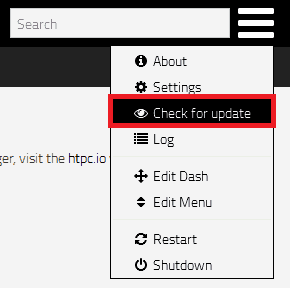
In order to do that, we need to click on the hamburger menu from the top-right side, then click on Check for updates . By clicking on the Check for updates button, we can trigger the download the update for the latest version of HTPC Manager.
HTPC Manager is now installed in Docker. What to do next?
Congratulations! You managed to setup HTPC Manager in Docker successfully. Once Docker is setup, it is extremely simple to create and destroy containers with apps. If you want to be able to access the HTPC Manager interface outside your home network, be sure to setup port forwarding on your router. You will have to forward the HTPC Manager port to the local/internal IP address of the system with Docker installation.
You can also learn how to install RuTorrent in Docker, which you can also add in HTPC Manager in order to control it from a single and unified interface. Check back soon to learn more about Docker and how you can install various other services in Docker containers.

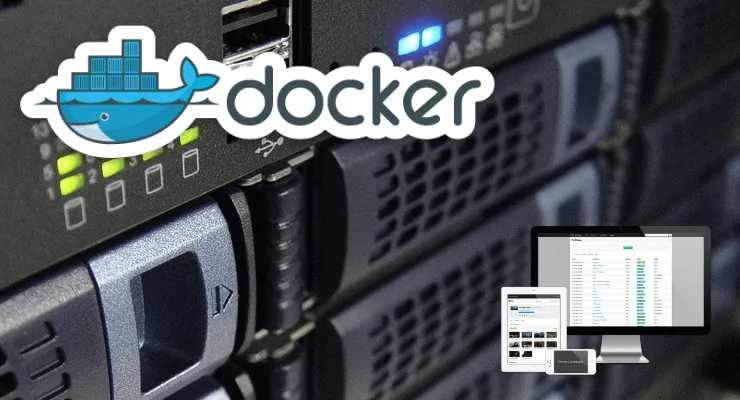
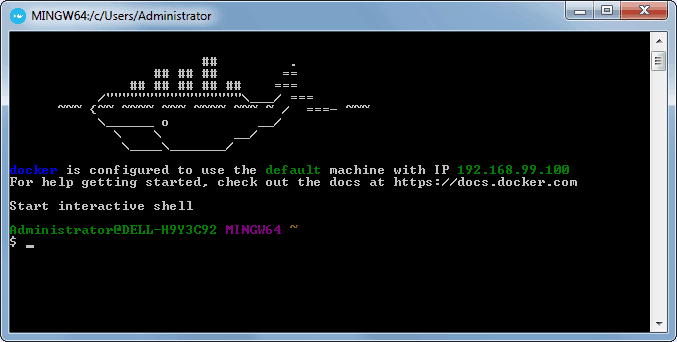
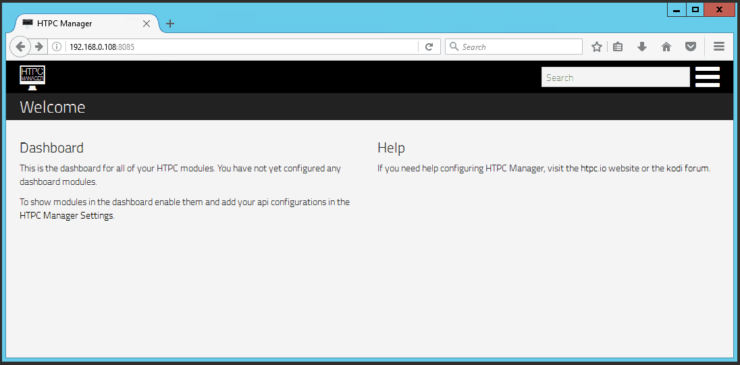
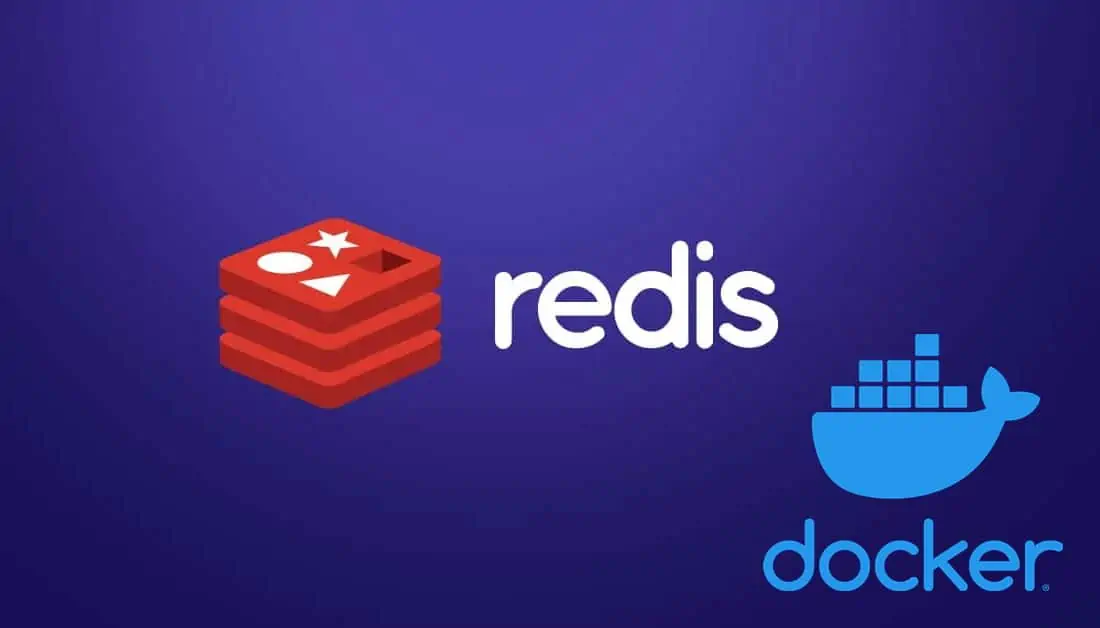
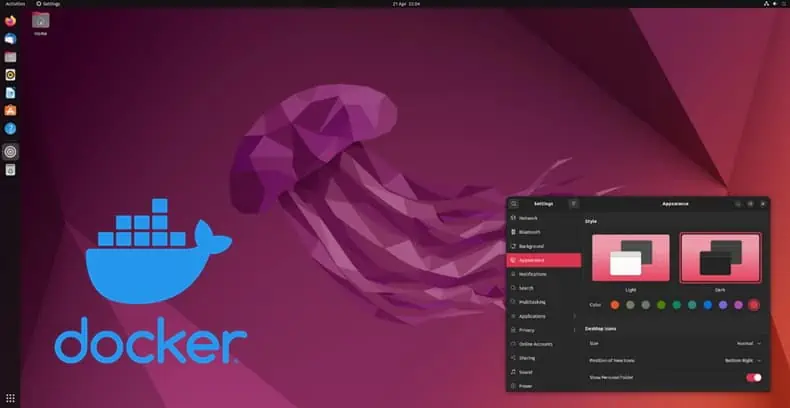
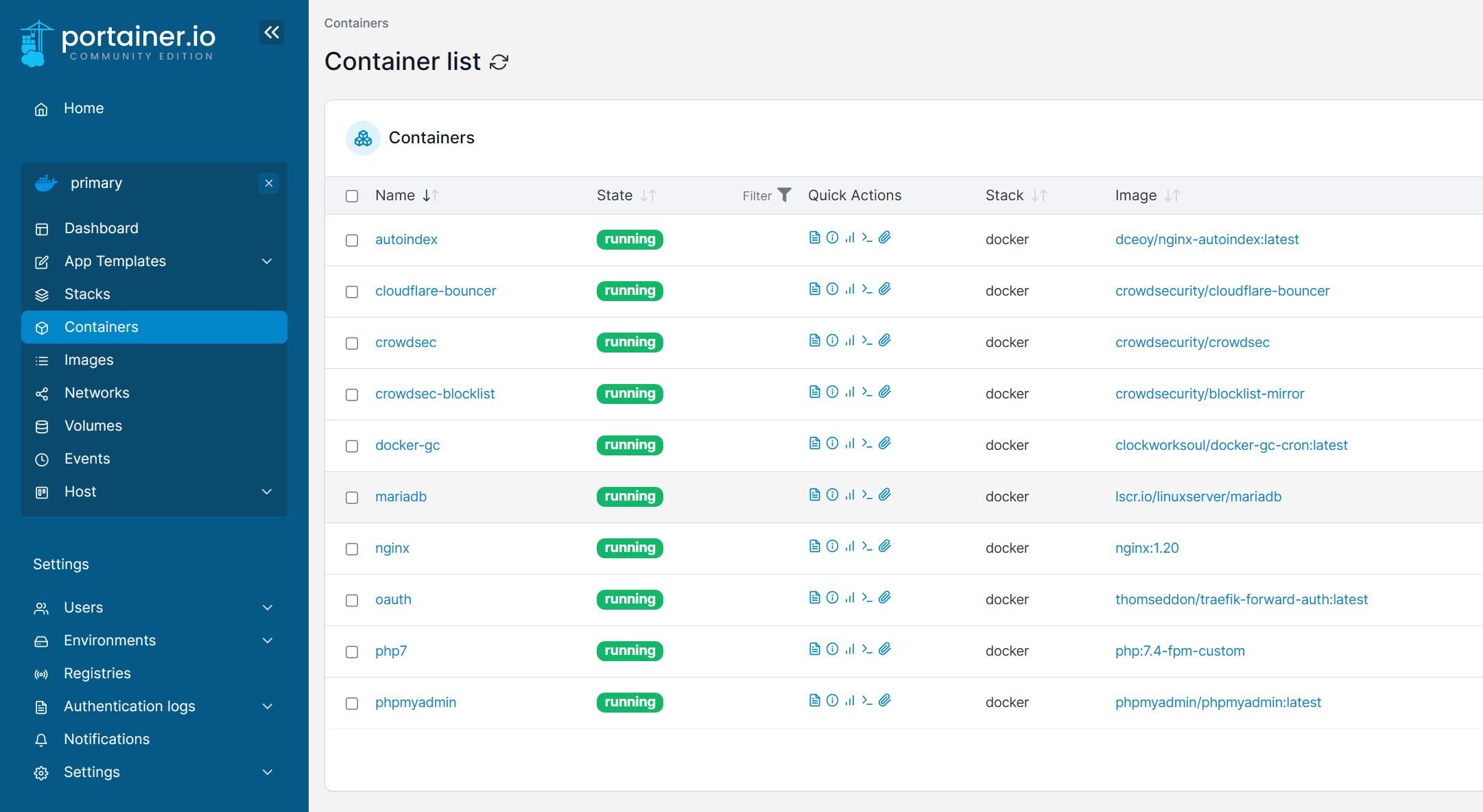
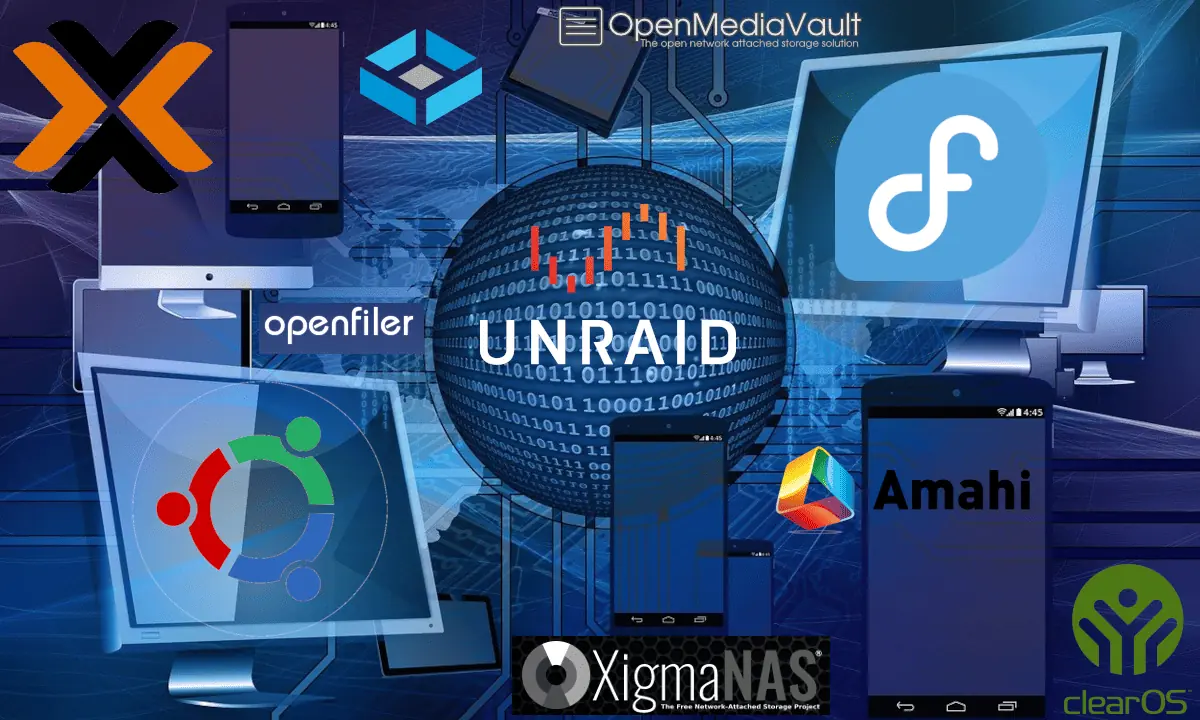

![Ultimate Synology NAS Docker Compose Media Server [2022] Synology Docker Media Server](https://www.smarthomebeginner.com/images/2020/07/synology-docker-media-server-ft.jpg)